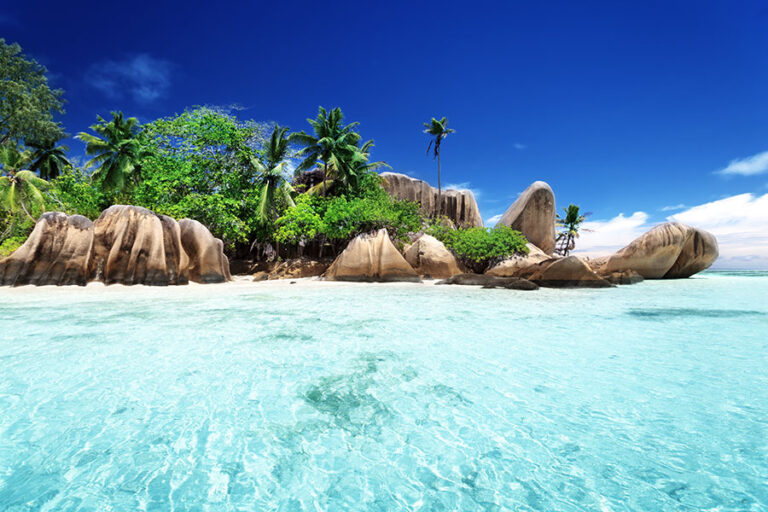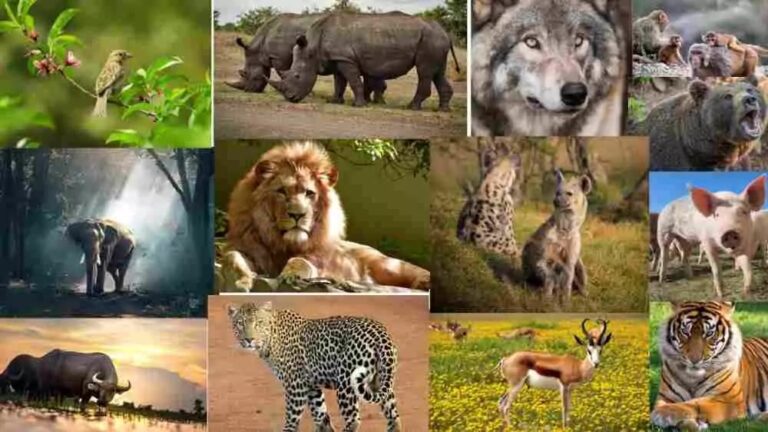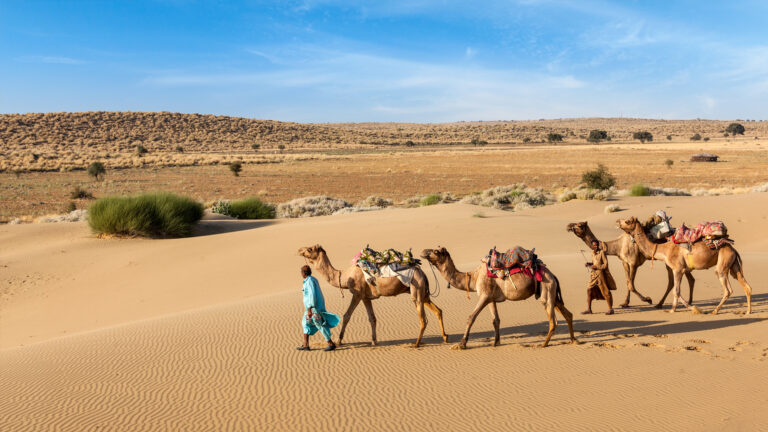Kashmir Great Lakes Trek – an unforgettable summer experience



The Kashmir Great Lakes Trek stands as a testament to nature’s grandeur and unparalleled beauty. This awe-inspiring trek, renowned among adventure enthusiasts worldwide, offers an unforgettable summer experience that unfolds amidst breathtaking landscapes, azure lakes, and snow-capped peaks. Embarking on this expedition is not merely a trekking endeavour; it’s a journey of self-discovery and profound connection with the majestic mountains.

The Kashmir Great Lakes Trek epitomises the spirit of adventure and exploration, offering trekkers an unforgettable summer experience amidst the Himalayan wilderness. From the mesmerising beauty of alpine lakes to the rugged charm of mountain passes, every step taken on this journey is etched in memory as a testament to nature’s grandeur.
Kashmir Great Lakes Trek – The route and terrain
The Kashmir Great Lakes Trek spans over approximately 75 kilometres. The trek typically begins from Sonamarg and winds its way through alpine meadows, dense pine forests, and rugged mountain passes before culminating at Naranag. It takes about 6-7 days to complete the trek.
Trekkers traverse a diverse terrain that includes gradual ascents, challenging climbs, and exhilarating descents. Some of the notable passes along the route include Nichnai Pass, Gadsar Pass, and the highest point of the trek, the 4,300-metre high Gadsar Pass. Each step unveils a new panorama of snow-capped peaks, verdant valleys, and crystal-clear lakes, painting a surreal canvas of natural beauty.
The famous lakes
The highlight of the Kashmir Great Lakes Trek is undoubtedly the series of pristine alpine lakes that dot the landscape like shimmering jewels. These azure water bodies, framed by towering mountains, captivate trekkers with their ethereal beauty and tranquil ambiance.
Among the prominent lakes encountered during the trek are Vishansar Lake, Krishansar Lake, Gadsar Lake, Satsar Lake, Gangabal Lake, and Nundkol Lake. Each lake possesses its unique charm, from the reflective mirror-like surface of Vishansar to the emerald hues of Gangabal, offering trekkers moments of serenity and awe amidst the wilderness.
Flora and fauna
The Kashmir Great Lakes Trek is not only a visual feast but also a haven for biodiversity enthusiasts. Trekkers traverse through a rich tapestry of flora and fauna, ranging from vibrant wildflowers carpeting the meadows to elusive Himalayan wildlife inhabiting the forests.
Common sightings include wildflowers like blue poppies, primulas, and buttercups adorning the landscape with their vivid colours. Trekkers may also encounter Himalayan marmots, ibex, and even the elusive snow leopard if fortunate.
Cultural encounters
Beyond its natural splendour, the Kashmir Great Lakes Trek offers trekkers an opportunity to immerse themselves in the cultural tapestry of the region. Along the way, trekkers interact with local shepherds, known as Gujjars and Bakarwals, who lead a semi-nomadic lifestyle amidst the mountains.
Trekkers also encounter remote mountain villages like Sonamarg, Shitkadi, and Naranag, where they glimpse into the traditional way of life in the Himalayan region. Engaging with locals, sharing stories around campfires, and experiencing their hospitality adds a cultural dimension to the trekking experience.
Logistics and safety
While the Kashmir Great Lakes Trek offers unparalleled rewards, it also presents challenges that require adequate preparation and caution. Trekkers are advised to undertake the trek with experienced guides and porters who are familiar with the terrain and weather conditions.
The best time to embark on the Kashmir Great Lakes Trek is during the summer months, from June to September, when the weather is relatively stable, and the trails are accessible. However, trekkers must be prepared for sudden changes in weather, including rain, snow, and temperature fluctuations.








